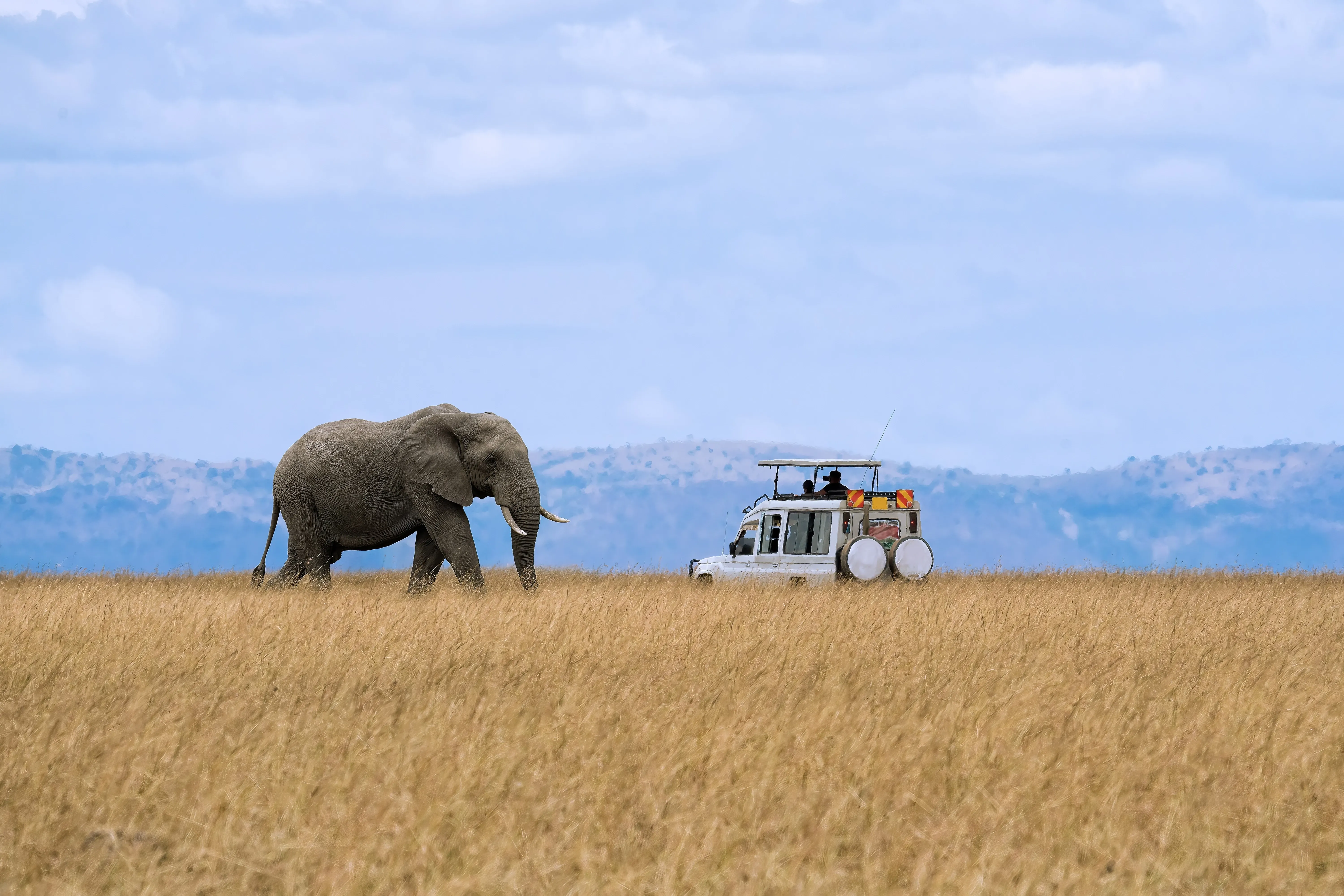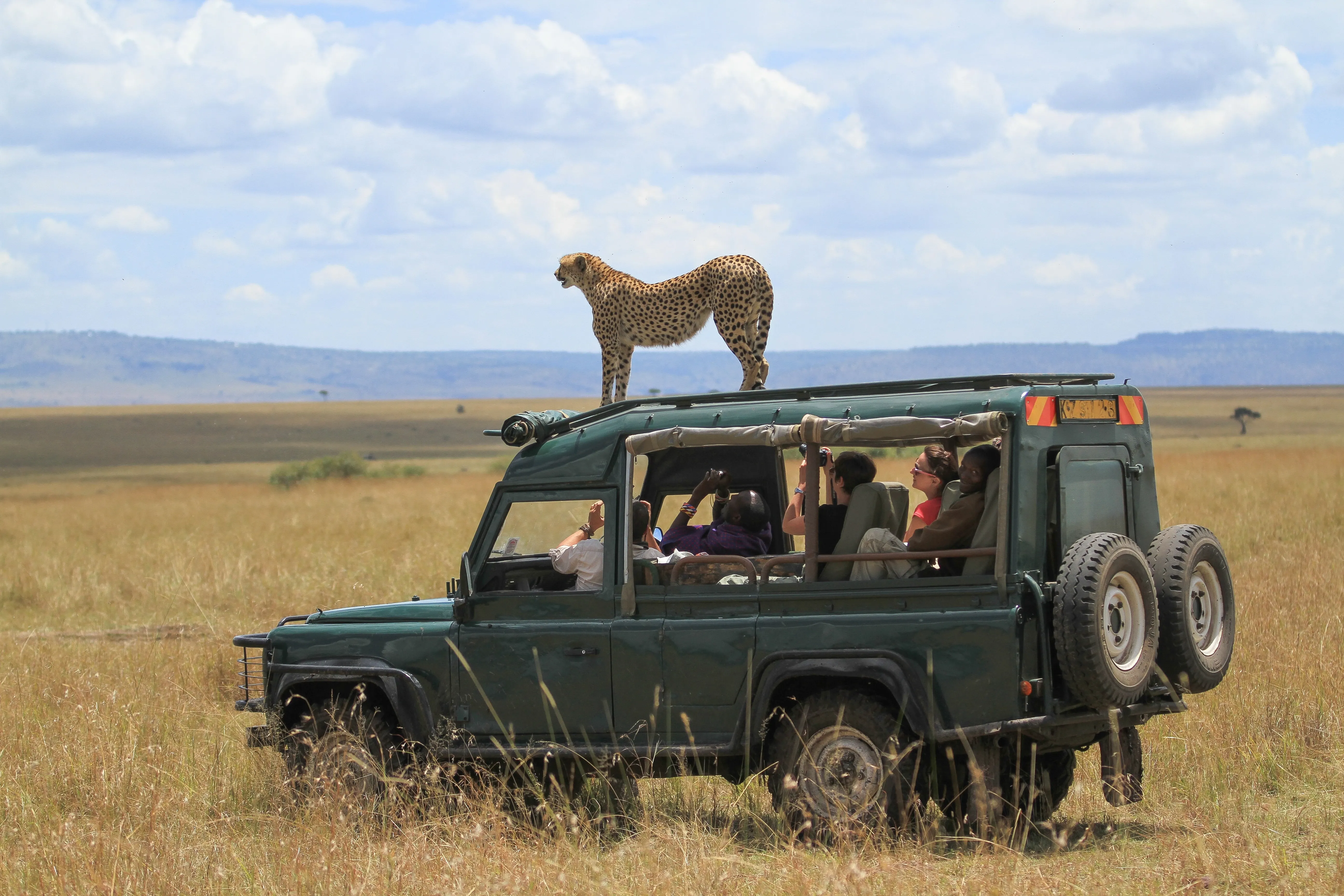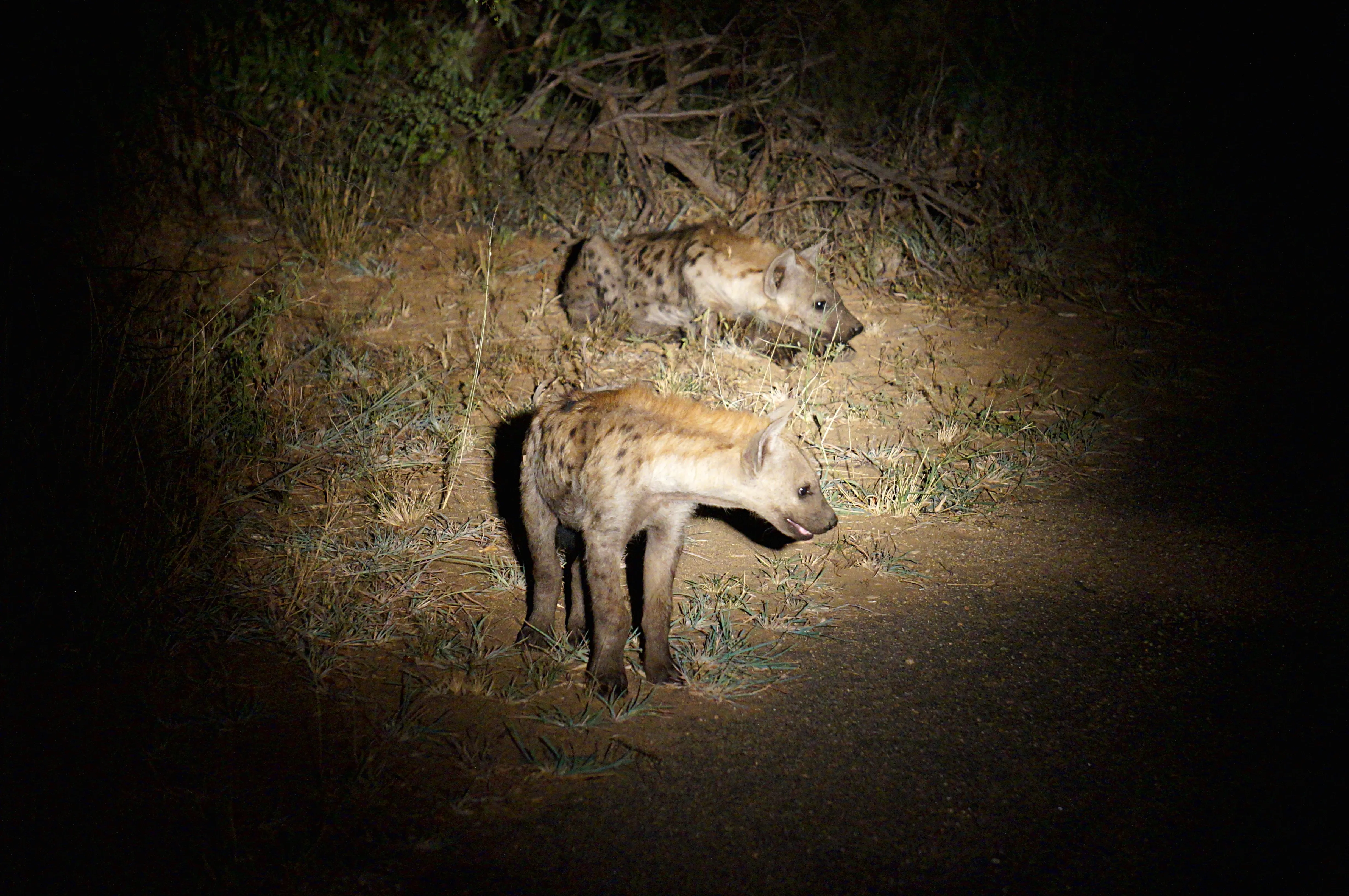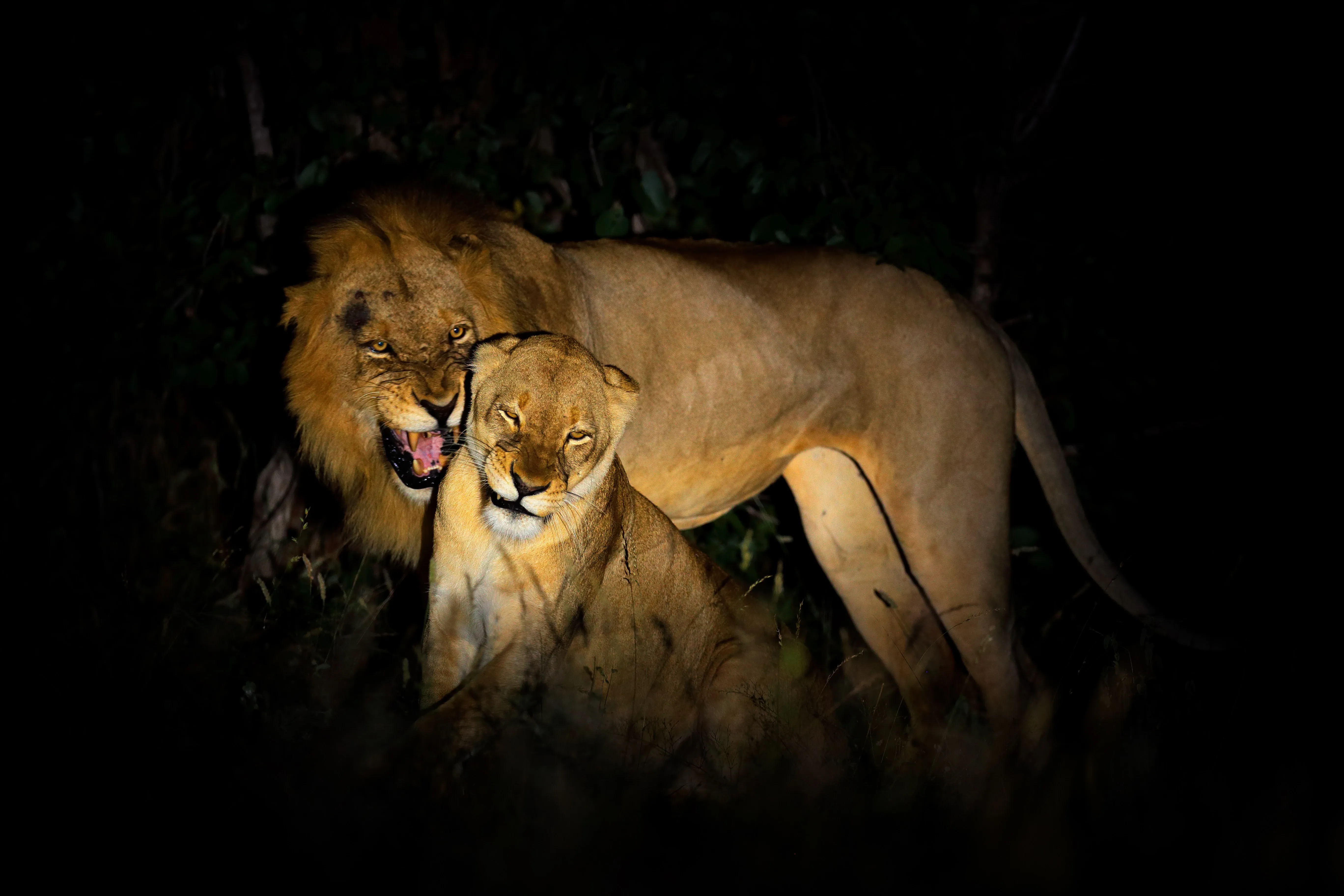Ethical wildlife watching
Watching wildlife in its natural habitat is one of the most holistic experiences a person can have. We live in a chaotic world full of rules and systems. A world much changed from that of our ancestors.
To spend time in a wilderness area and to share it with its natural inhabitants is a primal experience that speaks to us all, and has the power to change the lives of many. But; humans have a tendency to simply take what they want, regardless of the consequences. The natural world is dying. It is being strangled by mankind’s relentless expansion across the globe and areas where wildlife can roam free are diminishing by the second. It is therefore imperative that we do everything we can to protect these cherished sanctuaries, and their inhabitants.

Wildlife tourism is huge. For example, pre-Covid, the Kruger National Park welcomed approximately 1 million people a year to enjoy its rich and varied fauna. Kruger, like many national parks, has self-drive routes allowing people to explore the wilderness on their own, without guidance. This is a truly unique experience but like with all great experiences, it comes with great responsibility.
The draw of nature has always been the purity of the instinctual behaviour of its inhabitants. Freedom is something that we have little of in this day and age and there is something therapeutic about observing the harsh, raw simplicity of the wilderness. For this to happen, we need ethics. There is no enjoyment in watching an animal’s reaction to human stimuli. It leads to an empty experience, often filled with regret and guilt that the magical innocence of the moment has been lost.
If we do not respect wildlife, it will disappear. It is as simple as that. It is therefore vital that people understand how to watch wildlife; how to treat it with respect; and with this will come a far greater appreciation of what is being witnessed. It all comes down to personal ethics: what you do when no one is looking. With that in mind, here is a list of things to consider when viewing wildlife to ensure that you get the purest possible experience:
1. Vehicle positioning
Tourists must remember that a car is a terrifying object to an animal. It’s loud, smelly and seems to show no logical behaviour! Many people will lose themselves in the excitement of spotting an animal on the road and race to close the distance. Inevitably, this causes the animal to flee for its life, and anypotential sighting is lost.
Approaching the sighting
Where possible, try to approach slowly and read the animal’s behaviour. It will tell you when you are getting too close! The best technique is to stop at a respectable distance, allow the animal to relax in your presence and then try to move closer. This will at least allow some photos before the animal potentially moves off.
The goal should always be to view the natural behaviour of the animal, not behaviour caused by your presence.

Leave an escape route
This may sound somewhat military but it is key to understanding one the animal kingdom’s most basic responses: flight or fight. All organisms are primed for survival and this means that engaging in physical contact is a risk. Thankfully, more often than not, a stressed animal will choose to avoid confrontation and flee. However, if there is no perceived escape route, the only option is to fight.
There have been many incidents in wildlife areas over the years where ethics have not been properly observed and an animal is pushed to breaking point.

For the smaller animals this may cause significant physical injury as they try to fashion their own escape route, either running blindly into the car or forging their own path through dangerous terrain. For the larger, more aggressive animals however, fight may be preferred. Many a tourist vehicle has fallen foul to a rampaging elephant or cantankerous buffalo bull!
Simply giving the animal space and leaving it an escape route will alleviate all of these problems and allow a natural and authentic viewing experience.
2. Understanding animal behaviour
This is perhaps the most important aspect to consider when viewing wildlife ethically. If you understand an animal, it becomes easier to predict its behaviour and movements. Admittedly this comes with experience, but common sense also plays a key role.
Social structure
Knowing how a group of animals operates is essential in respecting their boundaries. Most animals feel safe in large groups. They have a strong herd mentality and many are made up of related individuals.

It is vitally important not to split these groups up when stopping a vehicle to view them. Not only is this a stressful situation for any animal but should a mother and calf become separated, be warned. Hell hath no fury like a woman scorned! Finding oneself between an elephant calf and its angry mother is a situation to be avoided at all costs!
It is also important to be mindful of the herd mentality of ‘follow the leader’. Animals have right of way in a wilderness area and should one individual cross the road, chances are the rest will follow. The same is true of family groups and devastatingly, many cubs are killed on national park roads due to tourists not anticipating youngsters emerging from the long grass in pursuit of mum.
»The secret of observation lies in being still and waiting for nature to reveal itself.«
Warning signs
An integral part of animal behaviour is reading their warning signs. Animals each have their own specific language, but since they share the natural world with countless other species, they have had to develop a host of non-verbal communications to project their emotions. Body language is key in human society but even more so to the ethical wildlife watcher.
Many of these cues are obvious such as the fear-inducing, bassy growl of a threatened lion, or the intimidating yawn of a territorial hippo bull, but there are countless subtle signs that can also be observed. If in doubt, watch the eyes. The eyes are the window to the soul and by watching intently, any action, or reaction, will likely be recognisable long before it happens.
If an animal does react aggressively towards you, stop what you are doing and let the situation settle. Animals that are used to vehicle pressure will quickly relax when the engine is turned off and natural behaviour will be resumed. However, if it continues to react negatively to your presence, back off! Give the animal space and watch its body language and it will show you when you have retreated to an acceptable distance. Remember; every animal’s comfort distance will be different every day and it is our responsibility to interpret this and conform.
3. Photography ethics
Most tourists want to immortalise their amazing safari experience with photos. Unfortunately, the animals do not always want to play along and many a tourist has left a sighting disappointed about not getting a good image. Whilst photographic tourism is key to generating sufficient funds to keep areas of natural beauty operating, it is no excuse to compromise ethics for the perfect shot.
Patience and ethics are two attributes that any good wildlife photographer will have in abundance. It is simply unacceptable to provoke an animal to change its behaviour for the sake of a photo. Ultimately, by doing so, you are not capturing a natural photo, but a staged one; and one that comes at the cost of disturbing the animal.
4. Viewing at night
Some reserves allow vehicles to drive after dark, be these organised, guided excursions or self-drives. Driving in the wilderness under the inky cloak of darkness is exciting. Not only is the experience more intense but it offers the best chance to see some of Africa’s most revered predators going about their clandestine lives. However, just because the rewards may be greater, there is no excuse to compromise ethics.
Most night drives are conducted with spotlights to illuminate the covert activities of the nocturnal inhabitants. This is a great tool in a guide’s arsenal but must be handled with great ethical care. Pointing a spotlight into any animal’s eyes is unethical. Not only is it uncomfortable due to their vision being far more acute than our own, but it endangers the delicate balance of predator versus prey. Illuminating a predator strips away its greatest ally – the element of surprise; whilst illuminating the prey renders it blind, and a metaphorical sitting duck for any predator close by.
The following are considered essential rules for spotlight use:
- Never shine on diurnal (daytime) animals
- Never shine directly in the eyes of any animal
- Never illuminate predator or prey during a hunt
- Never shine on youngsters, especially if no adults are present
5. Ethics
Ethics is what you do when no one is watching. It is not just about showing respect to the animal(s) in question, it is about showing appreciation for all aspects of nature. We are all guests of Mother Nature and she deserves to be treated with unerring respect and grace. Even simple considerations such as speaking in hushed tones in sightings, picking up litter or replacing a rock back where you found it, will go a long way to rebuilding our relationship with the wild.
Viewing natural behaviour in natural settings is a privilege and it is our responsibility to protect it. Not just for our children, but for the future of the Earth itself. If everyone makes the decision to be ethical, the natural world will thrive; and the best way to promote this is to lead by example. Be ethical, and others will follow.
To coin an African proverb, “If you think you are too small to make a difference, you haven’t spent the night with a mosquito”.
Source references:
Wanderlust Magazine
National Geographic
Sign up for the newsletter
By clicking on “Subscribe now” I will subscribe to the Conscious Explorer newsletter with all the information about mindful travel. Information on the success measurement included in the consent, the use of the shipping service provider MailChimp, logging of the registration and your rights of revocation can be found in our privacy policy.








